
Ach Gott, wie manches Herzeleid, BWV 58, is a church cantata by Johann Sebastian Bach. He composed the dialogue cantata in Leipzig for the Sunday after New Year's Day.
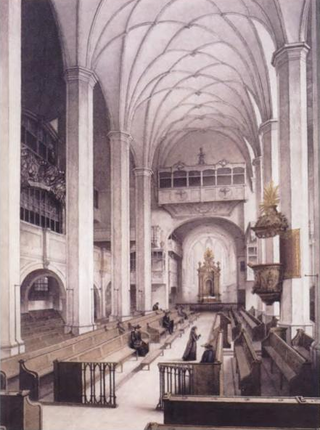
Herr, wie du willt, so schicks mit mir, BWV 73, is a church cantata by Johann Sebastian Bach. He composed it for the third Sunday after Epiphany and first performed it in Leipzig on 23 January 1724. It was probably composed shortly before the first performance.

Wer weiß, wie nahe mir mein Ende?, BWV 27, is a church cantata by Johann Sebastian Bach. He composed it in Leipzig for the 16th Sunday after Trinity and first performed it on 6 October 1726.

Gottlob! nun geht das Jahr zu Ende, BWV 28, is a church cantata by Johann Sebastian Bach for the Sunday after Christmas. He first performed it on 30 December 1725.

Johann Sebastian Bach composed the church cantata Allein zu dir, Herr Jesu Christ, BWV 33, in Leipzig in 1724 for the thirteenth Sunday after Trinity and first performed it on 3 September 1724. The chorale cantata is based on the 1540 hymn "Allein zu dir, Herr Jesu Christ" by Konrad Hubert.
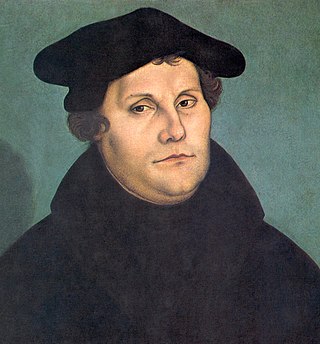
Johann Sebastian Bach composed the church cantata Nun komm, der Heiden Heiland, BWV 62, in Leipzig for the first Sunday in Advent and first performed it on 3 December 1724. The chorale cantata is based on Martin Luther's Advent hymn "Nun komm, der Heiden Heiland". It is part of his chorale cantata cycle.
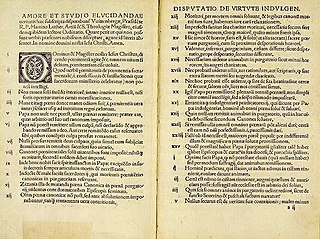
Johann Sebastian Bach composed the church cantata Gott der Herr ist Sonn und Schild, BWV 79, in Leipzig in 1725, his third year as Thomaskantor, for Reformation Day and led the first performance on 31 October 1725.

Johann Sebastian Bach composed the church cantata Wer nur den lieben Gott läßt walten, BWV 93, in Leipzig for the fifth Sunday after Trinity and first performed it on 9 July 1724. It is part of his chorale cantata cycle, the second cantata cycle he started after being appointed Thomaskantor in 1723.

Was frag ich nach der Welt, BWV 94 is one of many church cantatas composed by Johann Sebastian Bach. He composed it in Leipzig, setting a text appropriate for the Ninth Sunday after Trinity Sunday, and first performed it on 6 August 1724.

Johann Sebastian Bach composed the church cantata Siehe zu, daß deine Gottesfurcht nicht Heuchelei sei, BWV 179 in Leipzig for the eleventh Sunday after Trinity and first performed it on 8 August 1723.

Johann Sebastian Bach composed the church cantata Warum betrübst du dich, mein Herz, BWV 138, in Leipzig for the 15th Sunday after Trinity and first performed it on 5 September 1723. The text by an unknown author includes three stanzas from the hymn of the same name. Its text and melody were formerly attributed to Hans Sachs, but were written by an unknown hymn writer. The cantata has seven movements and is scored for SATB soloists and choir, two oboes d'amore, two violins, viola and basso continuo. The cantata has features of a chorale cantata although it was written a year before Bach's annual cycle of chorale cantatas. Bach used an aria as the base of the Gratias of his Missa in G major.

Gelobet sei der Herr, mein Gott, BWV 129, is a church cantata by Johann Sebastian Bach. It is a chorale cantata performed on Trinity Sunday 8 June 1727 in Leipzig. Rediscovery of the printed libretto of the cantata in the first decade of the 21st century led to a re-appraisal of prior assumptions regarding the early performance chronology of a few cantatas, including this one.

Johann Sebastian Bach composed the church cantata Nimm von uns, Herr, du treuer Gott, BWV 101, in Leipzig for the tenth Sunday after Trinity and first performed it on 13 August 1724. It is based on the seven stanzas of the hymn of the same name by Martin Moller (1584), which is sung to the tune of "Vater unser im Himmelreich", Luther's metred paraphrase of the Lord's Prayer. The tune is featured prominently in six of the work's seven movements.

Johann Sebastian Bach composed the church cantata Was Gott tut, das ist wohlgetan, BWV 99, in Leipzig for the 15th Sunday after Trinity and first performed it on 17 September 1724. The chorale cantata is based on the hymn "Was Gott tut, das ist wohlgetan" by Samuel Rodigast (1674).
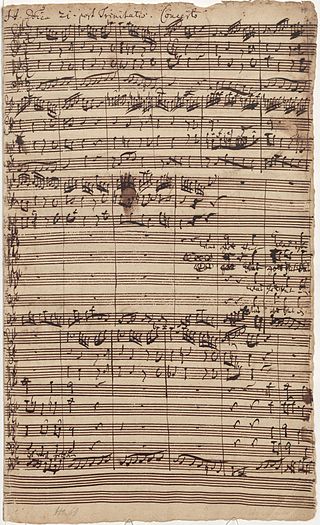
Johann Sebastian Bach composed the church cantata Was Gott tut, das ist wohlgetan, BWV 98, in Leipzig for the 21st Sunday after Trinity and first performed it on 10 November 1726.
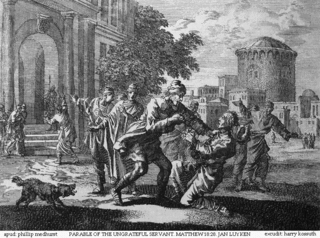
Johann Sebastian Bach composed the church cantata Was soll ich aus dir machen, Ephraim, BWV 89, in Leipzig for the 22nd Sunday after Trinity and first performed it on 24 October 1723.

Johann Sebastian Bach composed the church cantata Ach, lieben Christen, seid getrost, BWV 114, in Leipzig for the 17th Sunday after Trinity and first performed it on 1 October 1724. It is based on on a 1561 hymn of penitence by Johannes Gigas. Its tune is featured in three of the work's seven movements.

Herr Gott, dich loben alle wir, BWV 130, is a chorale cantata by Johann Sebastian Bach for the Feast of archangel Michael. It is based on Paul Eber's 1554 Lutheran hymn about the angels in twelve stanzas "Herr Gott, dich loben alle wir", to a melody known in English as Old 100th. The cantata was performed on that feast day in 1724.
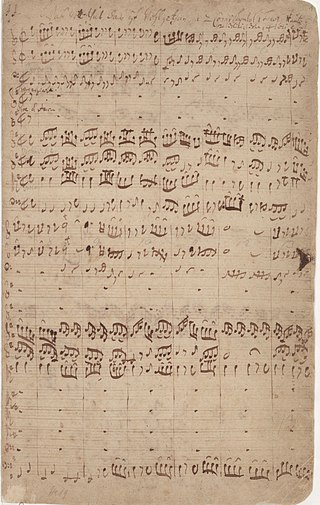
Was Gott tut, das ist wohlgetan, BWV 100, is a church cantata by Johann Sebastian Bach. He composed it in Leipzig between 1732 and 1735. The chorale cantata is based on the hymn "Was Gott tut, das ist wohlgetan" Samuel Rodigast (1674).
Dem Gerechten muß das Licht, BWV 195, is a church cantata by Johann Sebastian Bach for a wedding. He composed it in Leipzig, possibly in 1727, but only the incomplete scores of later performances from the 1740s survived. It uses two verses from Psalm 97 for the opening movement, and the first stanza auf Paul Gerhardt's hymn "Nun danket all und bringet Ehr" for the closing chorale. The librettist of the other movements is unknown.














